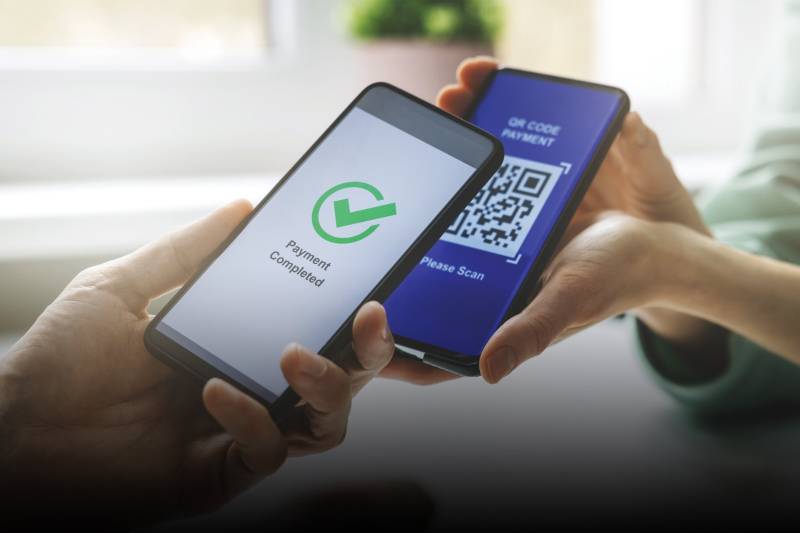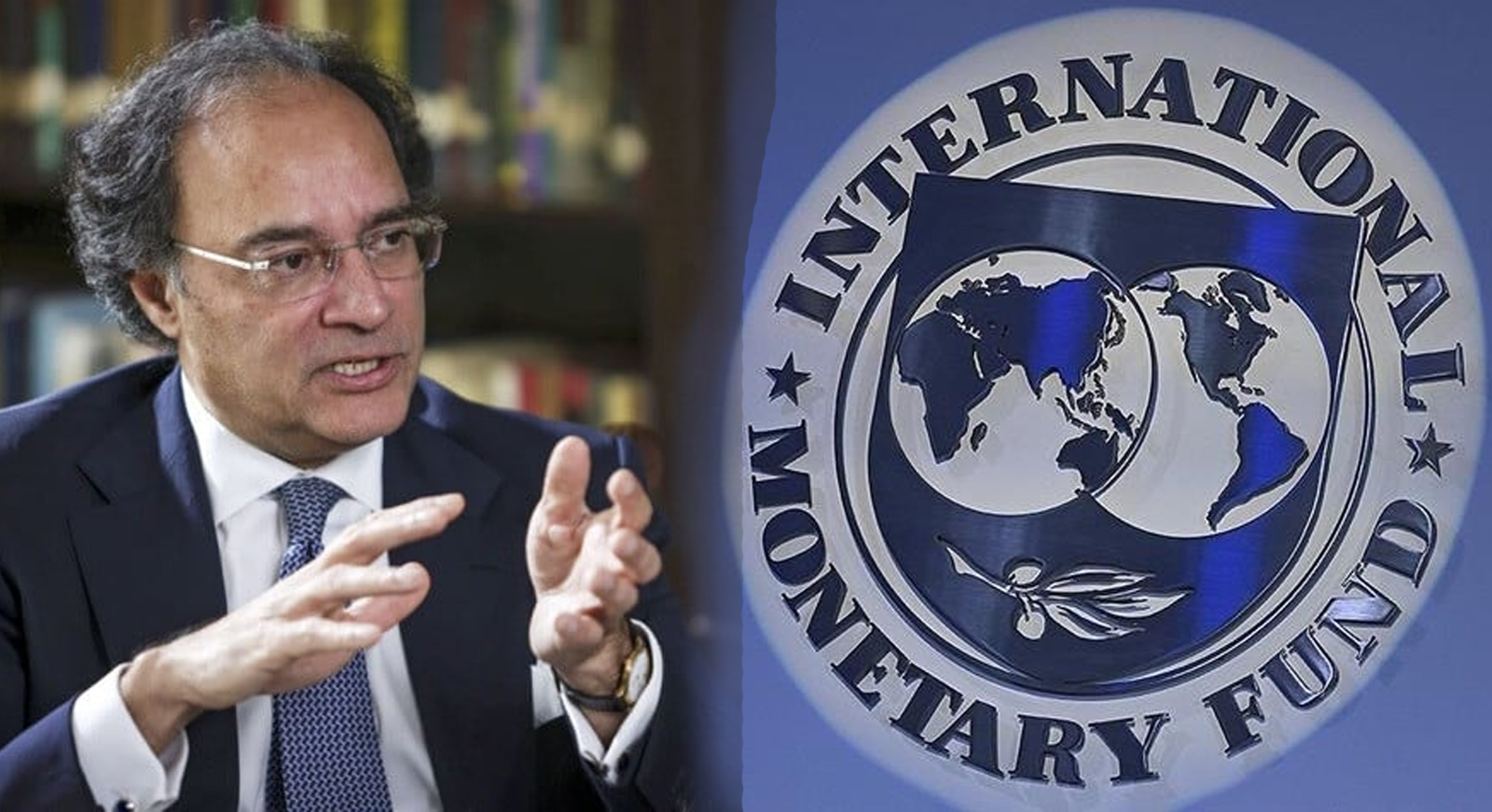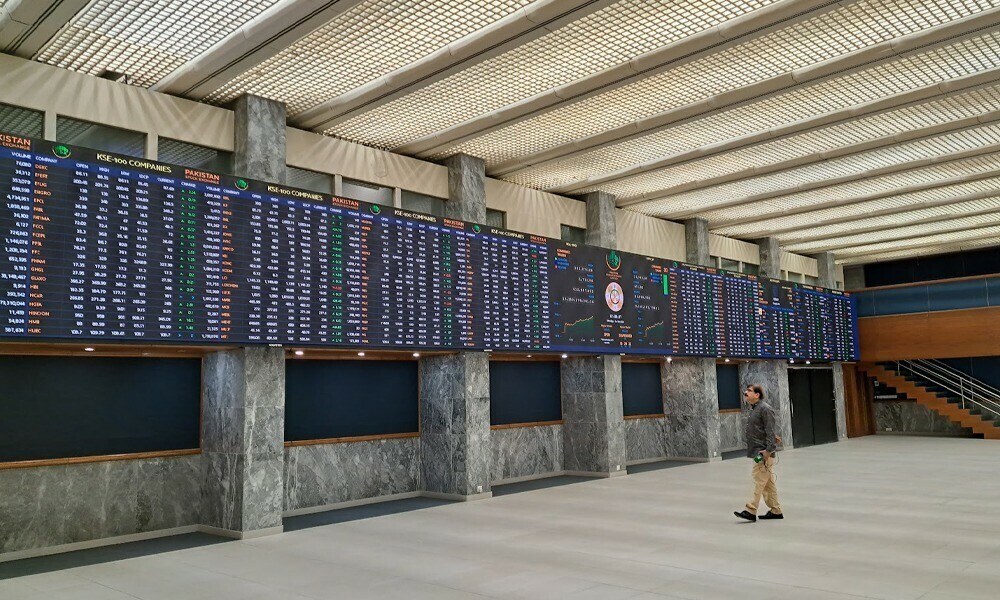Pakistan’s payment system has experienced substantial growth in the adoption of digital payment channels, marking a significant milestone in the country’s financial landscape. The State Bank of Pakistan (SBP) recently released its Quarterly Payment Systems Report for the third quarter of the fiscal year 2023-24, covering the period from January to March. This comprehensive report provides a detailed overview of the advancements and trends in the payment sector, highlighting the increasing reliance on digital transactions.
The SBP’s report reveals that digital transactions accounted for 83% of all retail payments during the quarter. These transactions were processed by banks and Electronic Money Institutions (EMIs), while the remaining 17% of transactions were conducted Over-the-Counter (OTC) at bank branches. This shift towards digital channels underscores the growing preference for convenient and efficient payment methods among Pakistani consumers.
In total, banks and EMIs processed 844 million retail payments, amounting to a staggering PKR 128,470 billion during the quarter. The composition of these transactions is noteworthy: 47% were funds transfers, 33% were cash withdrawals, 11% were POS and e-commerce purchases, 6% were bill payments and mobile top-ups, and the remaining transactions included deposits, tax payments, invoice-based payments, and donations.
One of the most significant highlights of the report is the remarkable growth in the digital user base in Pakistan. The quarter saw an average growth of 8%, bringing the total number of digital users to 59 million BB mobile app users, 17 million mobile banking app users, 11 million internet banking users, and 3 million EMIs’ e-wallet users. This expansion indicates a robust adoption of digital banking services across the country.
Mobile phone and internet banking services continued to dominate as the preferred channels for customers. Mobile phone banking transactions increased by 8% to 301 million, while internet banking transactions grew by 3% to 59 million. The total amount processed through these channels reached PKR 12.955 trillion for mobile phone banking and PKR 6.467 trillion for internet banking.
The delivery of payment services across Pakistan is facilitated by an extensive network of financial infrastructure. The country boasts 18,049 bank branches, 18,655 ATMs, 120,641 POS terminals, and 648,333 BB agents. This widespread network ensures that digital payment services are accessible to a broad segment of the population, further promoting the adoption of digital channels.
Raast, Pakistan’s instant payment system, has played a crucial role in the nation’s payment landscape. During Q3 of FY24, Raast processed 140 million transactions totaling PKR 3,437 billion, marking a 31% increase in volume and a 48% increase in value from the previous quarter. This significant growth underscores Raast’s importance in facilitating quick and secure digital transactions.
The report also highlights the performance of Pakistan’s Real-Time Gross Settlement System (RTGS), known as PRISM. In Q3 of FY24, a total of 1.5 million transactions amounting to PKR 315.596 trillion were settled through PRISM. These transactions included the settlement of government securities, funds transfers, and ancillary clearing transactions. The robust performance of PRISM demonstrates its vital role in ensuring the stability and efficiency of the country’s payment system.
While the progress in digital payments is commendable, there are still challenges that need to be addressed to sustain and enhance this growth. Issues such as cybersecurity, digital literacy, and infrastructure development must be prioritized to ensure a secure and inclusive digital payment ecosystem.
On the other hand, the continuous advancements in technology present significant opportunities for further growth. The increasing penetration of smartphones and internet access, coupled with innovative financial products and services, can drive the next phase of growth in digital payments. Encouraging public-private partnerships and fostering a supportive regulatory environment will be key to leveraging these opportunities.




